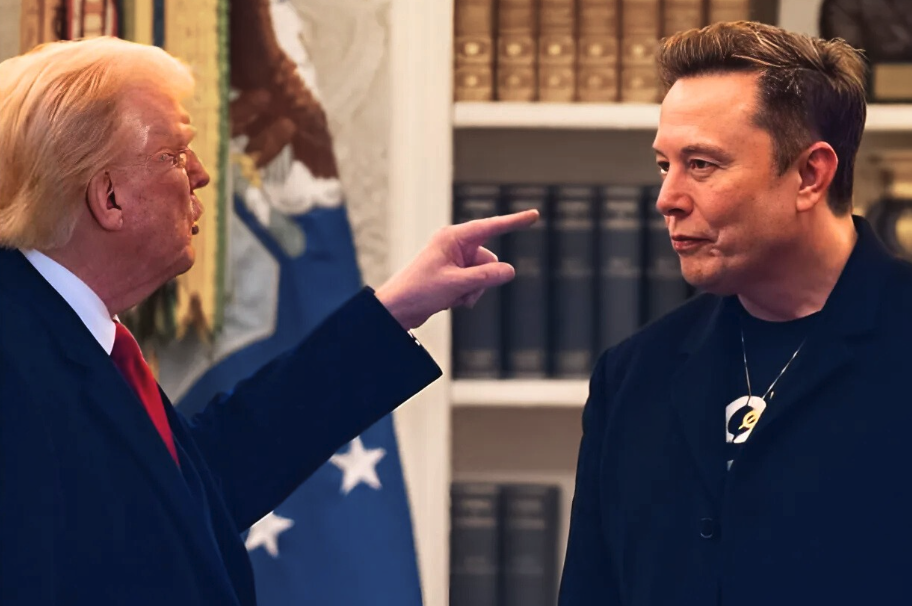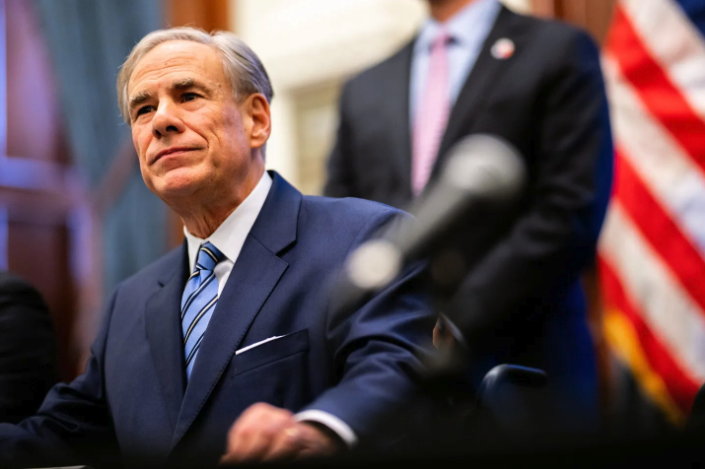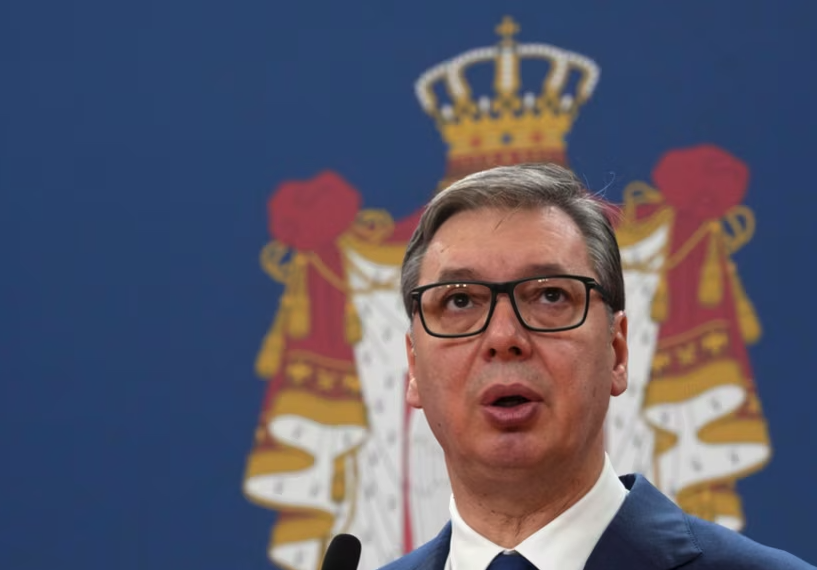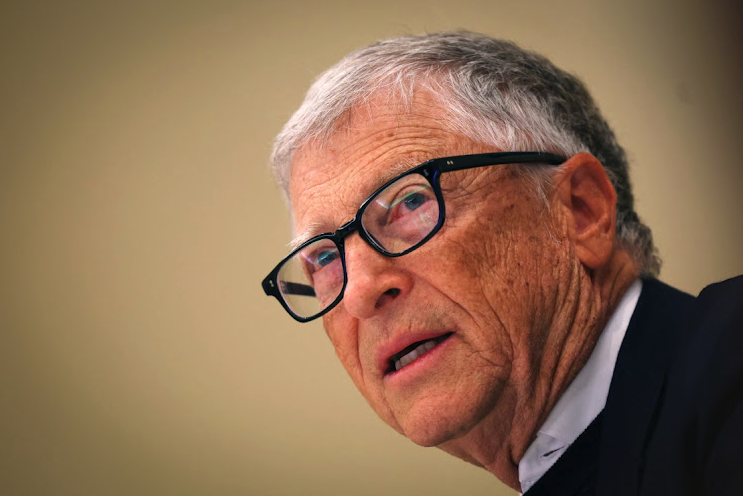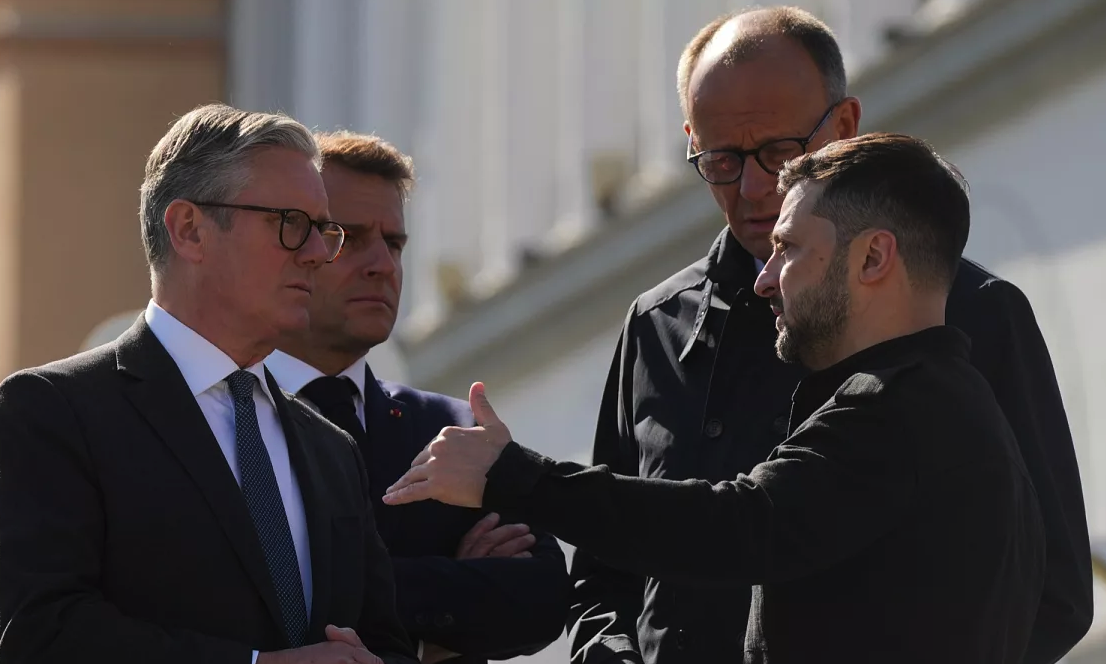$500,000 price tag to join Trump’s Elite Fan Club launched by Donald Trump Jr.
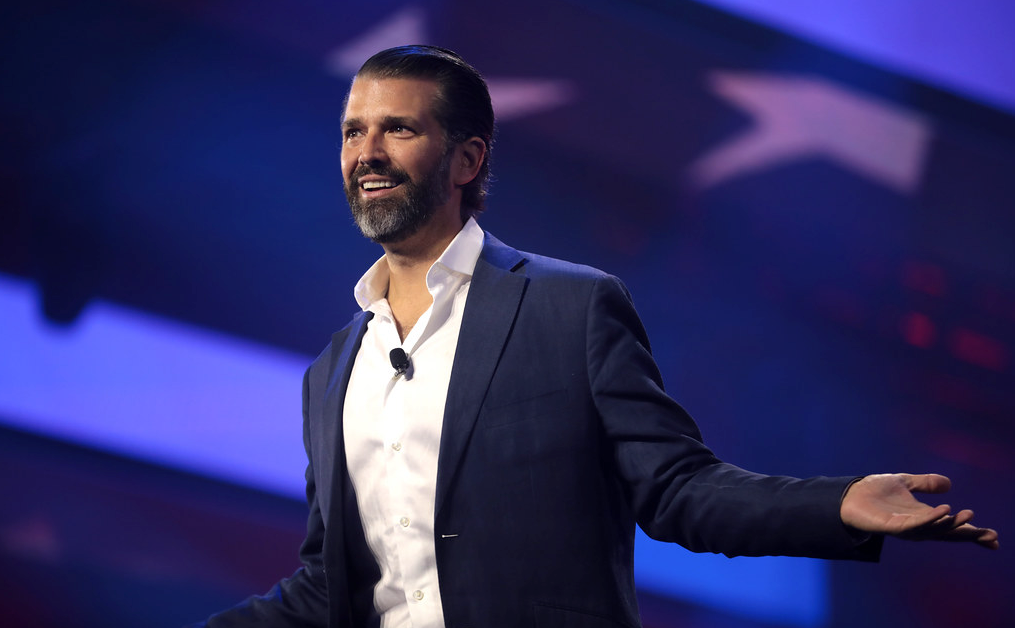
Washington, D.C., has a new exclusive venue for the ultra-wealthy: the “Executive Branch” club.
Launched by Donald Trump Jr. and Trump megadonor Omeed Malik, this private club targets affluent supporters of President Trump.
With a staggering membership fee of $500,000 per year, the club ensures only the most serious players gain entry.
Located in Georgetown, it aims to be the city’s most prestigious private club, offering a discreet space for business and tech moguls to connect with Trump administration officials.
The launch has sparked both intrigue and controversy, raising questions about wealth, influence, and political access in the nation’s capital.
The Club’s Origins and Ownership
The Executive Branch club is a collaborative venture led by Donald Trump Jr. and Omeed Malik, a prominent Trump donor and founder of 1789 Capital, a fund focused on “American Exceptionalism.”
They are joined by Malik’s business partner, Chris Buskirk, and Zach and Alex Witkoff, sons of Trump envoy Steve Witkoff.
This group brings together political loyalty and financial clout, aligning the club closely with Trump’s inner circle.
The club’s founding members are equally high-profile. Venture capitalist David Sacks, known for his tech investments, is a key figure.
Chamath Palihapitiya, a billionaire investor, adds further prestige.
The Winklevoss twins, Cameron and Tyler, famous for their cryptocurrency ventures, round out the roster.
These individuals underscore the club’s appeal to the elite in business and technology.
Membership and Exclusivity
Membership in the Executive Branch is not for everyone. The $500,000 annual fee is a significant barrier, designed to attract only the most committed and affluent individuals.
The club’s website emphasizes that membership is “invitation-only,” and the waiting list is currently closed, subject to annual review.
This exclusivity ensures a curated membership of C-suite executives, tech moguls, and international figures eager to nurture ties with the Trump administration.
The high cost and selective process serve a dual purpose: they maintain an elite atmosphere and shield members from media scrutiny.
Sources indicate that the club’s design allows members to interact with Trump advisers and cabinet members without the press or public watching, a feature that sets it apart from traditional Washington venues.
Launch Event and Timing
The club’s first official event was a carefully orchestrated, invitation-only gathering held after the White House Correspondents’ Dinner on April 26, 2025.
Notably, no Trump administration officials attended the dinner, choosing instead to appear at the Executive Branch launch.
Attendees included White House Press Secretary Karoline Leavitt, Deputy FBI Director Dan Bongino, and White House deputy chiefs of staff Taylor Budowich and James Blair.
The event, reportedly held at The Occidental restaurant near the White House, was kept secretive, with the location revealed only after RSVPs were confirmed.
This timing was strategic. By launching post-dinner, the club positioned itself as an alternative social hub for Trump allies, bypassing traditional Washington events.
The move signals a shift in where power players choose to network, emphasizing privacy and exclusivity over public visibility.
Facilities and Appeal
While detailed information about the club’s facilities is limited, sources suggest it will feature a bar, lounge, restaurant, and boardroom.
These amenities aim to provide a luxurious setting for members to conduct business and socialize.
The club’s Georgetown location, known for its historic charm and upscale vibe, enhances its appeal as a premier destination.
The Executive Branch has already attracted interest from the donor community and international figures.
Its promise of direct access to Trump administration officials makes it a magnet for those seeking political and economic influence.
The club’s design caters to a global elite, positioning it as a potential hub for high-stakes networking.
Controversy and Criticism
The Executive Branch club has not escaped controversy. The $500,000 membership fee has drawn criticism for reinforcing the influence of wealth in politics.
Critics argue that the club creates an exclusive space where only the ultra-rich can access key decision-makers, potentially skewing policy in favor of elite interests.
Some see it as a stark example of money’s role in shaping political outcomes.
Others, however, view the club as a natural evolution of Washington’s networking culture.
Private clubs have long been venues for power brokering, and the Executive Branch simply elevates this tradition with its high cost and Trump-centric focus.
Supporters argue that it offers a legitimate space for like-minded individuals to connect, free from external pressures.
The Broader Context
The launch of the Executive Branch reflects a broader trend in Washington: the rise of private clubs as critical networking venues.
Unlike public events, these clubs offer privacy and exclusivity, making them ideal for sensitive discussions.
This trend is particularly pronounced in the Trump era, where loyalty and access are highly valued.
The club’s emergence also highlights the evolving social dynamics of Washington.
By skipping the White House Correspondents’ Dinner, Trump administration officials signaled a preference for controlled, private settings over traditional gatherings.
The Executive Branch capitalizes on this shift, offering a tailored environment for Trump’s allies.
Future Implications
The Executive Branch club is poised to become a fixture in Washington’s social and political scene.
Its high cost and selective membership ensure a rarefied atmosphere, but its success will depend on its ability to deliver on its promise of access and influence.
As it attracts more members, the club could shape how political and business relationships are forged in the capital.
Questions remain about its long-term impact. Will it deepen the divide between the wealthy and the rest of society?
Or will it simply formalize existing networks in a more exclusive setting?
As the club grows, its role in American politics will likely come under greater scrutiny.
| Detail | Information |
|---|---|
| Club Name | Executive Branch |
| Membership Fee | $500,000 per year |
| Location | Georgetown, Washington, D.C. |
| Owners | Donald Trump Jr., Omeed Malik, Chris Buskirk, Zach Witkoff, Alex Witkoff |
| Founding Members | David Sacks, Chamath Palihapitiya, Cameron Winklevoss, Tyler Winklevoss |
| Facilities | Bar, lounge, restaurant, boardroom (expected) |
| Purpose | Networking hub for business/tech moguls with Trump administration ties |
| Membership Status | Invitation-only, waiting list closed, subject to annual review |
The Executive Branch club represents a bold new venture in Washington’s power landscape.
Led by Donald Trump Jr. and Omeed Malik, it offers an unparalleled opportunity for the ultra-wealthy to connect with the Trump administration.
With its $500,000 membership fee and invitation-only model, the club is a symbol of exclusivity and influence.
While it has sparked debate over wealth and access, it also underscores the enduring role of private networks in shaping the nation’s capital.
As the club takes root, its impact on politics, business, and society will be closely watched.





